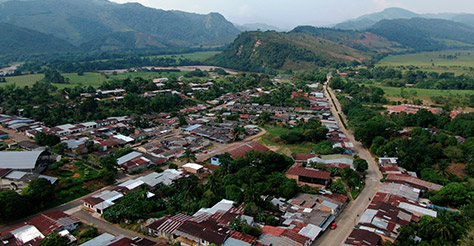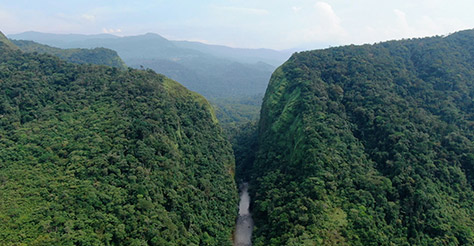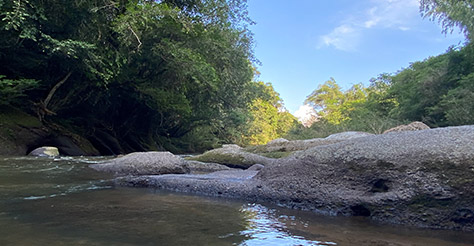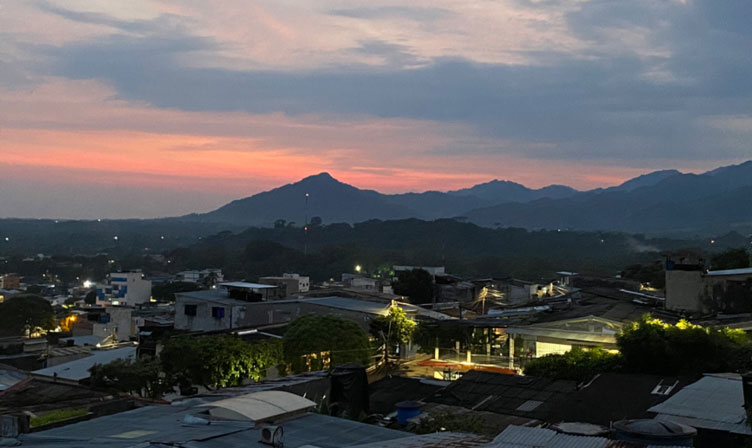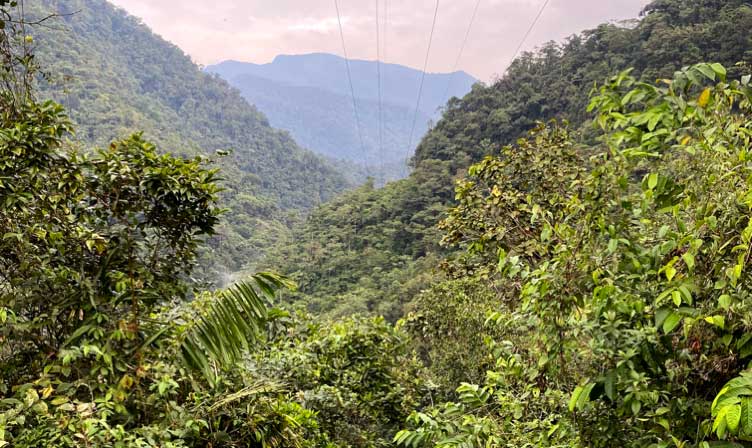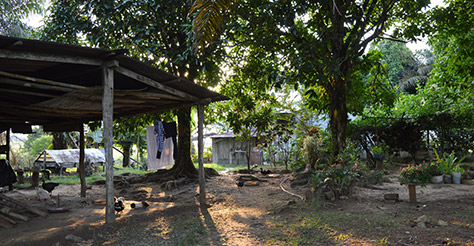Belén de los Andaquies
The name of the municipality of Belén de los Andaquíes was invented by the Capuchin monks who founded it in 1917, inspired by the religious connotation of the word Belén (Bethlemem), and Andaquíes, in honor of the indigenous people who occupied the territory.
This municipality is located on the Colombian Massif and counts on abundant water resources that originate in the upper part of the territory. Some of the rivers are: Pescado, Sarabando, San Juan, San Luis, Bodoquerito and El Bodoquero.
Both its privileged geostrategic position in the Amazon piedmont and a deep-rooted local protection of the environment, make the municipality recognized by the Department Assembly as a green municipality that protects water sources. Additionally, it is home to reserves like Alto Fragua Indi Wasi National Natural Park, which harbors a rich biodiversity. Through the C&G Program, we have supported various initiatives for the conservation of this territory and the implementation of agricultural production models that are more in harmony with nature.
The experience of listening to the Belén de los Andaquíes Park at 1 p.m. is perfectly contrasted by the sounds of the Resaca Reserve before midnight. In the first one, the sounds of the birds that visit the park merge with those of pedestrians and buses going at full speed, whereas in the Reserve, the sounds of the night, the croaking of frogs, and a nocturnal bird who greets us from afar, submerge us completely in deep listening and contemplation.
Soundscapes
Stop and deeply listen to what nature has to say.
The Voices of the People
Stories and experiences of the communities.
The Chapter Caquetá from the VozTerra platform has been possible thanks to the support of the United States Agency for International Development (USAID), under the Conservation and Governance Program in the Amazonian Piedmont, launched by the Patrimonio Natural Fund, in partnership with VozTerra. Its content is responsibility of VozTerra and does not necessarily reflect the opinion of USAID or the United States government or the Natural Heritage Fund.





